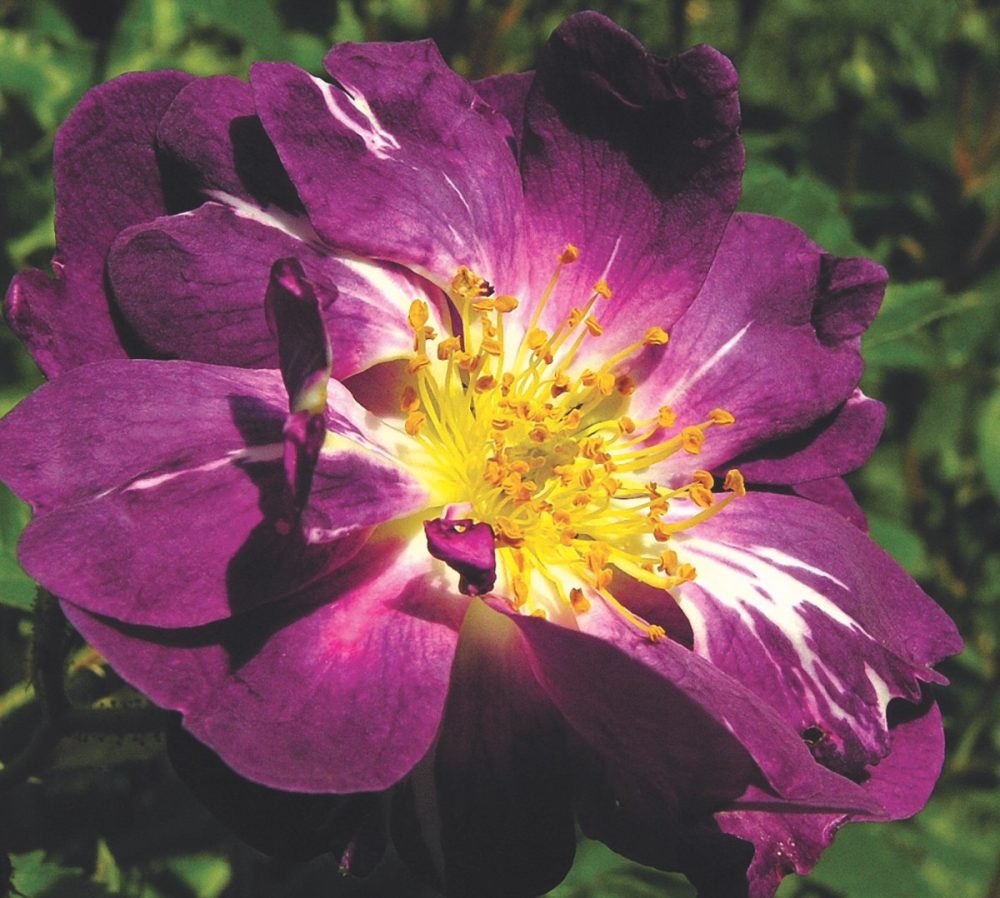How To Care For Antique Roses
To determine a schedule in dry climates start by watering well. A squirt or two of dishwashing soap and water in a cup is an effective trap for Japanese beetles.
Rose Breeder Bill Radler created the Knock Out rose bush.

How to care for antique roses. Dig a hole twice as wide as the rose container. Or if you have a big bed of roses or roses and. Follow the old saying.
A site that has full sun six hours a day is just fine. Set the hose at the foot of the rose and let water trickle in. Japanese beets thrips spider mites and aphids can attack roses.
Care of Knock Out Roses. The rule of thumb for watering roses is to make sure roses get about 2 inches a week. There are some exceptions.
Although it isnt necessary since Drift Roses are self-cleaning they do all the work for you dead heading is an easy task and can be done whenever you feel like tidying up. To enjoy our antique roses to their fullest potential there are a few things we must remember in planting and maintenance. -A soaker hose or a form of drip irrigation works especially well to minimize water waste through evaporation and to keep the rose leaves dry.
Deep soakings are much better than frequent shallow watering. We suggest soaking the ground until saturated several hours or overnight. See Selecting Antique Roses if you have a site with less sun or poorly drained soil.
When the forsythia blooms its time to prune roses. Avoid frequent shallow sprinklings which wont reach the deeper roots and may encourage fungus. Only climbing roses planted to naturalize areas like back fences forest edges or outbuildings should be left to their own devices.
How to Prune an Established Climbing Rose. Watering your roses regularly. Most old-fashioned or antique roses need only light pruning annually as long as the plants have enough space for proper growth.
Follow these basic rose care maintenance steps. In the fall reduce the amount of water but do not allow roses to completely dry out. Roses like a deep watering but not too often.
Safeguard your roses by applying winter protection after the first frost but before the soil freezes solid. Be sure to plant the rose. Fall is the season to clean up rose beds and remove diseased foliage.
Do a soil test via a local extension service and amend your soil based on. Soak the entire root zone at least twice a week in dry summer weather. It was a big hit too as it was a 2000 AARS and smashed the record for sales of a new rose.
-Deep watering will encourage your roses to hold their foliage and bloom better in the summer months. Any excess or unwieldy canes should be removed. When pests appear first try knocking them off your plants with a strong spray of water from the hose.
Most old roses do. In general roses are pruned in spring after the last frost. Once their root systems are established in their new homes these tough rosebushes will thrive with a minimum of wild rose care.
Lets look at how to care for Knock Out roses. Deadheading removal of old blooms them really is not necessary and will cut down or eliminate the wonderful rose hips they produce. Antique roses are anything introduced before the Civil War.
The resultant structure should be kept tidy not allowing the climbing rose to explode into uncontrolled chaos. Antique Rose Growing Tips Soil. The Knock Out rose bush is one of the most popular roses in North America as it continues to sell very well.
When a flush of rose blooms start to lose their luster you may find yourself wanting to trim out these less than attractive spent blooms. Mix half of the native soil with composted manure and a slow release fertilizer. This process helps roses to retain moisture suppress weeds and provides valuable nutrients for your roses as they grow.
Pruning is arguably the. For old-fashioned roses or species roses that bloom only one time. Diligently water your roses.
If using a hand rake or pitchfork take care not to damage plant or shallow roots Use fertilizer specifically for rose to add nutrients to the soil. Improve air circulation by loosening the soil around the plant. Mulching is the addition of a protective layer around the base of your roses.
As a general rule roses like full sun good air circulation with well-drained soil. Step into Jenks Farmers nursery in South Carolina to view spectacular images of antique roses. Healthy soil ensures a healthier plant.
Roses need at least six hours of sun each day notes Missouri Botanical Garden so be sure to cut back any trees or plants that are blocking the sun.

Growing Antique Roses Antique Rose Cultivars Flower Magazine

Spring Walk Around Very Long Antique Roses Forum Gardenweb Beautiful Roses Rose Care Antique Roses

Belinda S Blush Antique Roses Blush Flowers Blush Roses

How To Grow Antique Roses Better Homes Gardens

Lots Of Pictures Antique Roses Forum Gardenweb Tea Roses Hybrid Tea Roses Care Hybrid Tea Roses

How To Grow Antique Roses Better Homes Gardens

How To Grow Antique Roses Better Homes Gardens

How To Grow Antique Roses Better Homes Gardens

Growing Antique Roses Antique Rose Cultivars Flower Magazine

How To Grow Antique Roses Better Homes Gardens

How To Grow Antique Roses Better Homes Gardens








Post a Comment for "How To Care For Antique Roses"